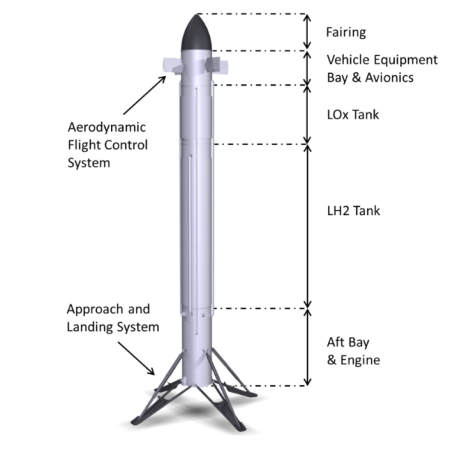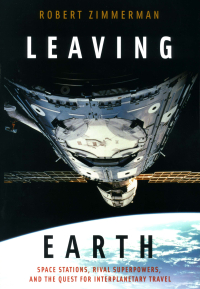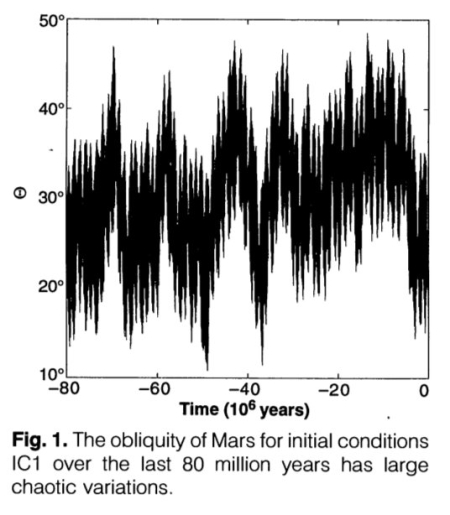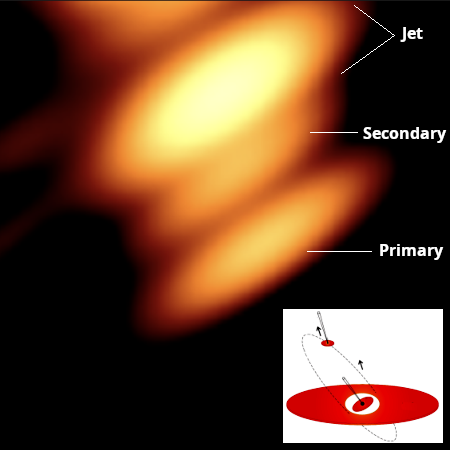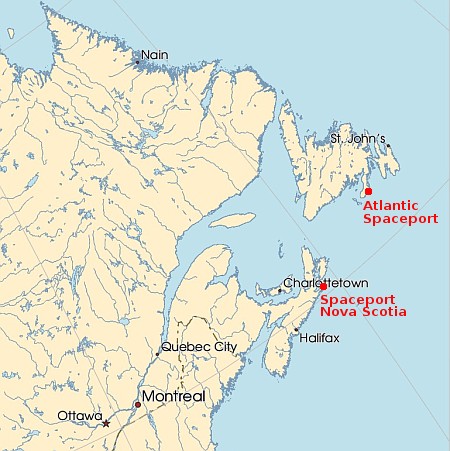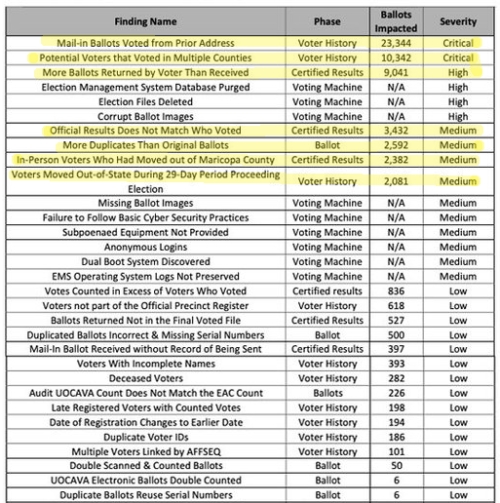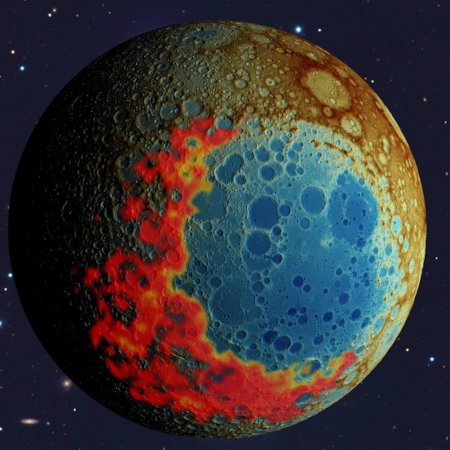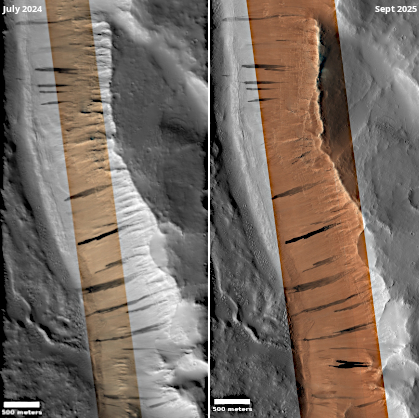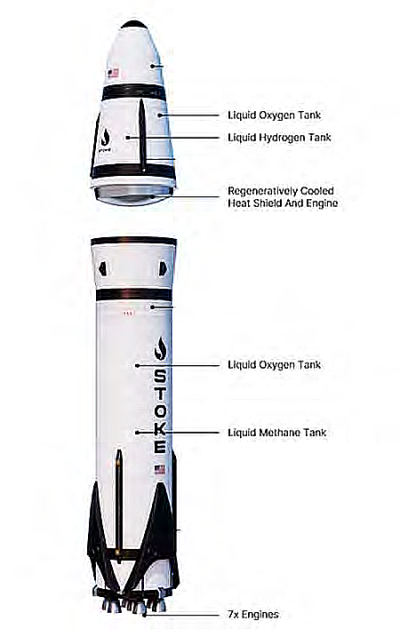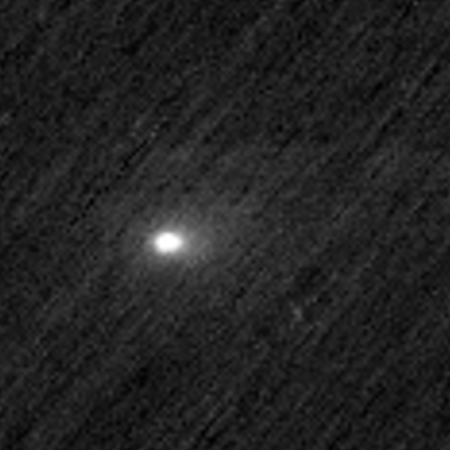Welsh university delivers spectometer for Europe’s Franklin Mars rover
Aberystwyth University in Wales this week delivered the spectometer instrument, dubbed Enfys, to be installed on Franklin Mars rover being built by the European Space Agency (ESA) and now scheduled for launch in 2028.
Enfys will work in tandem with PanCam – a camera system led by UCL’s Mullard Space Science Laboratory – to pinpoint mineral targets. These insights will enable the rover to select optimal drilling sites on the Martian surface, with samples analysed by other onboard instruments. The instrument being shipped today will be installed on the rover’s ‘Earth twin’ known as the Ground Test Model located at the Aerospace Logistics Technology Engineering Company in Turin.
Since the Franklin rover was initially supposed to launch in 2020, it is puzzling this instrument is only being delivered now. It could be that the original spectrometer was supposed to be provided by ESA’s original partner in the project Russia, but became unavailable when that partnership broke up due to Russia’s invasion of the Ukraine.
Or it could be the instrument’s development was simply late and behind schedule, as so many ESA’s projects routinely are. For example, the mission’s launch was first delayed from ’20 to ’22 because the parachutes weren’t ready. Then it was delayed until ’28 because of the break-up with Russia. Even now it remains uncertain it will meet this new date.
Aberystwyth University in Wales this week delivered the spectometer instrument, dubbed Enfys, to be installed on Franklin Mars rover being built by the European Space Agency (ESA) and now scheduled for launch in 2028.
Enfys will work in tandem with PanCam – a camera system led by UCL’s Mullard Space Science Laboratory – to pinpoint mineral targets. These insights will enable the rover to select optimal drilling sites on the Martian surface, with samples analysed by other onboard instruments. The instrument being shipped today will be installed on the rover’s ‘Earth twin’ known as the Ground Test Model located at the Aerospace Logistics Technology Engineering Company in Turin.
Since the Franklin rover was initially supposed to launch in 2020, it is puzzling this instrument is only being delivered now. It could be that the original spectrometer was supposed to be provided by ESA’s original partner in the project Russia, but became unavailable when that partnership broke up due to Russia’s invasion of the Ukraine.
Or it could be the instrument’s development was simply late and behind schedule, as so many ESA’s projects routinely are. For example, the mission’s launch was first delayed from ’20 to ’22 because the parachutes weren’t ready. Then it was delayed until ’28 because of the break-up with Russia. Even now it remains uncertain it will meet this new date.


